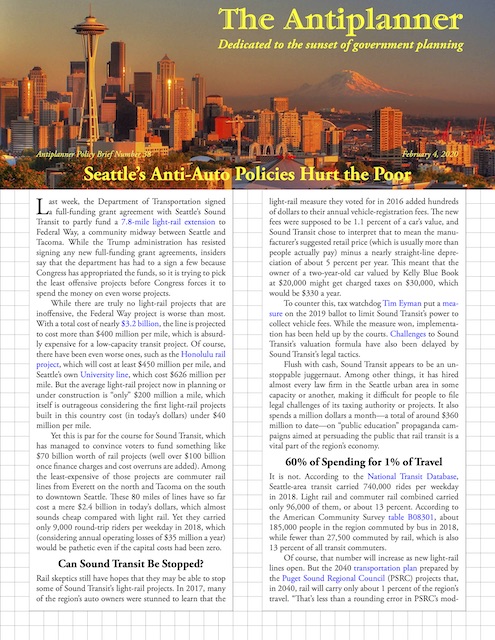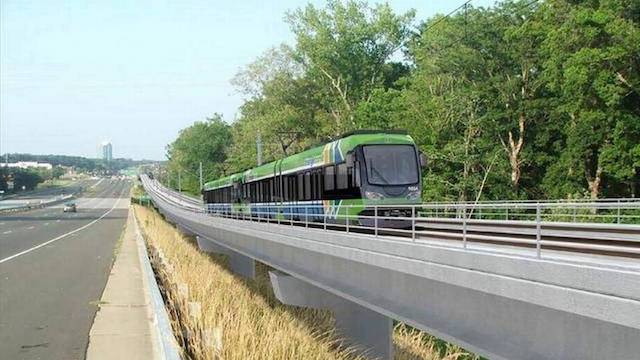Not long after the Preserving the American Dream conference, I was approached by Jon Caldara, who had attended the conference and encouraged me to form an American Dream Coalition. But now he wanted me to come work for his organization, the Independence Institute, Colorado’s free-market think tank.
Jon came to lead the Independence Institute via an unusual path. He had a business doing stage lighting for rock-and-roll bands when he decided to run for the board of directors of Denver’s Regional Transit District (RTD), whose fifteen members are elected from individual districts. Jon got himself elected by the Boulder district in 1994 and was later named board chair. Although he was unable to prevent RTD from putting light rail on the ballot in 1997, he led a successful campaign against the tax increase. As a result, the institute offered him the job of being its director in 1998.
At the time, Denver already had one light-rail line that, ironically, had been built as the indirect result of the Independent Institute’s actions. The institute’s founder, John Andrews, helped persuade the state legislature to require that RTD contract out a portion of its bus routes—initially 20 percent, later half—to private operators. This reduced costs by almost 50 percent per vehicle mile. Andrews expected RTD would spend the savings expanding bus service. Instead, it used the funds to build the region’s first light-rail line, which in the long run proved to be more wasteful than letting RTD operate all of its buses. Continue reading









